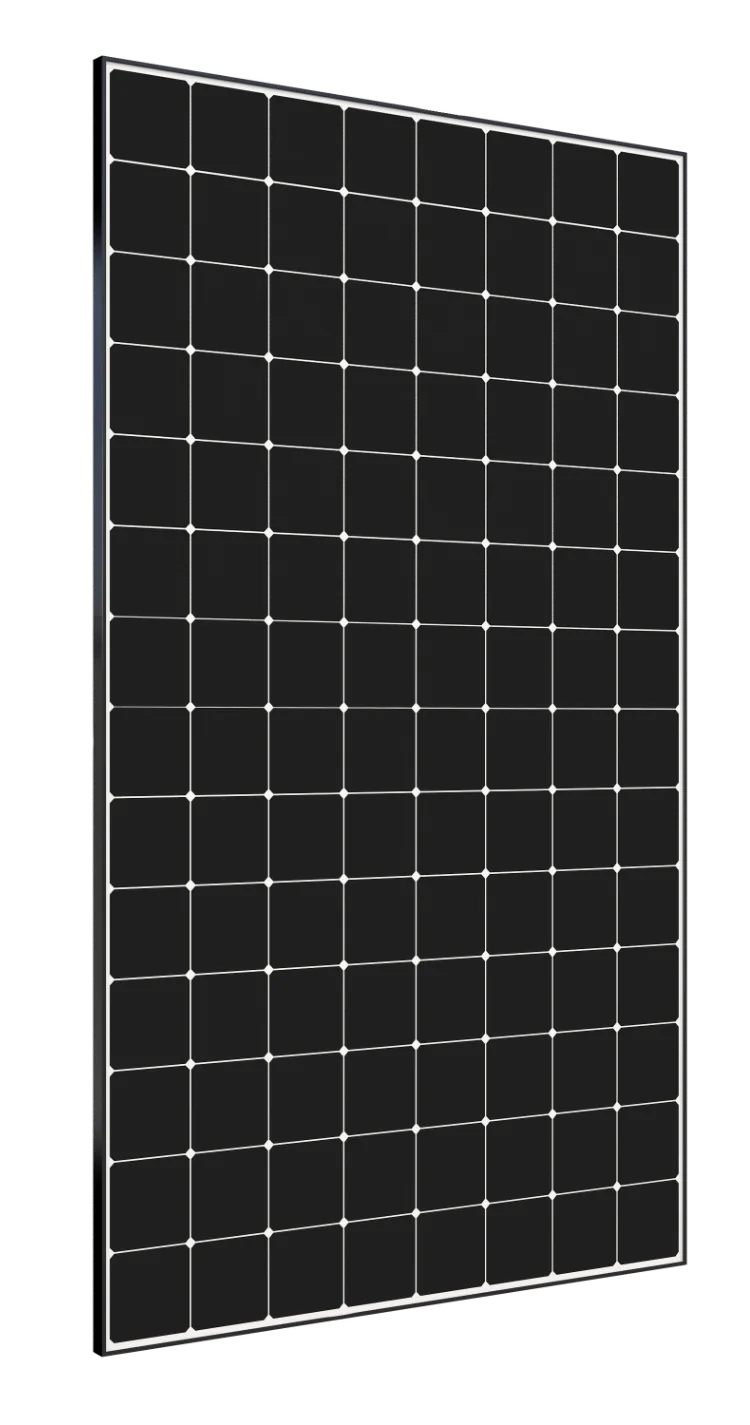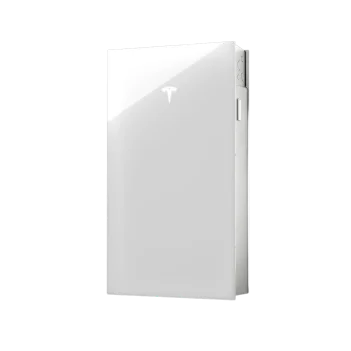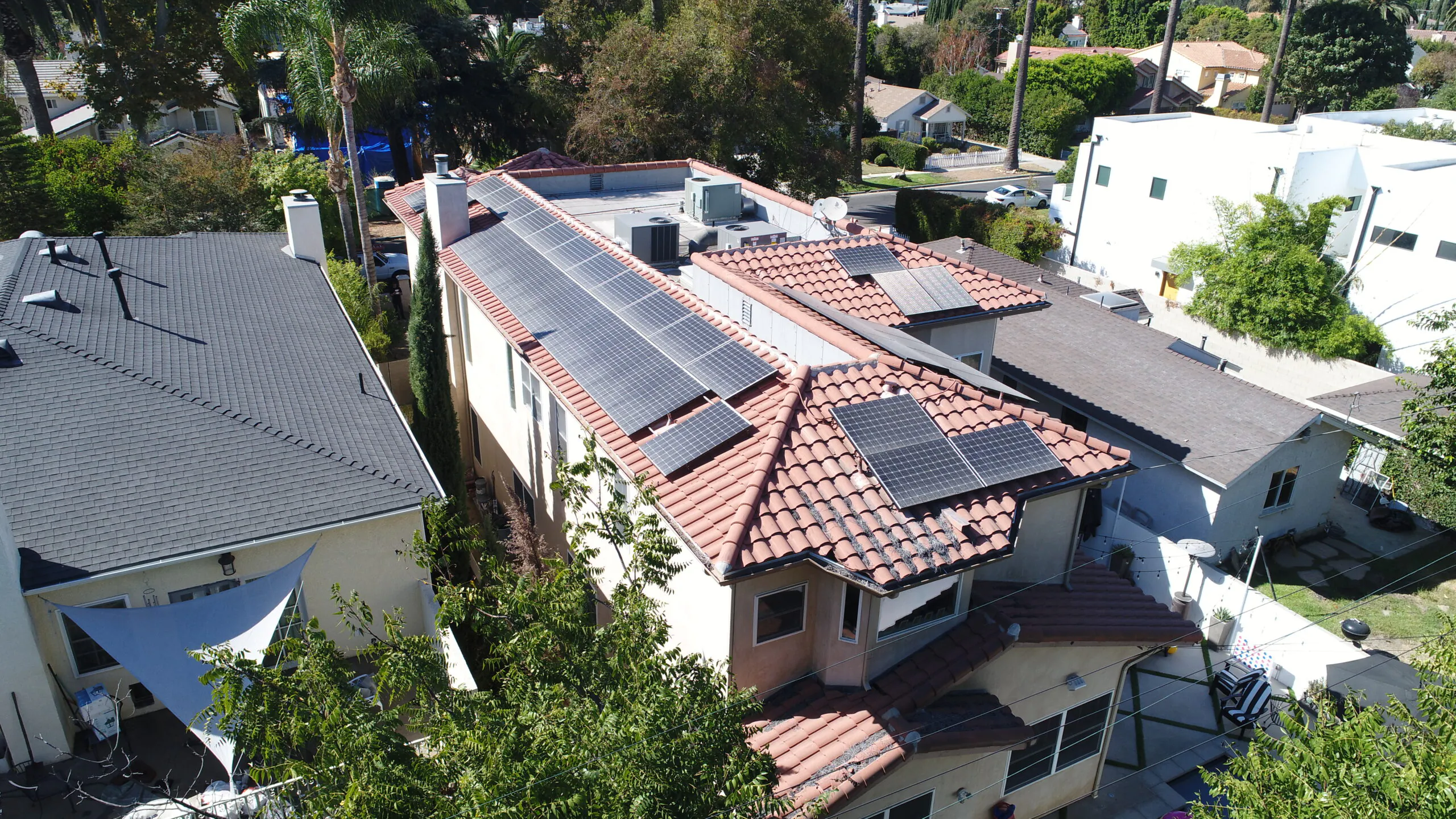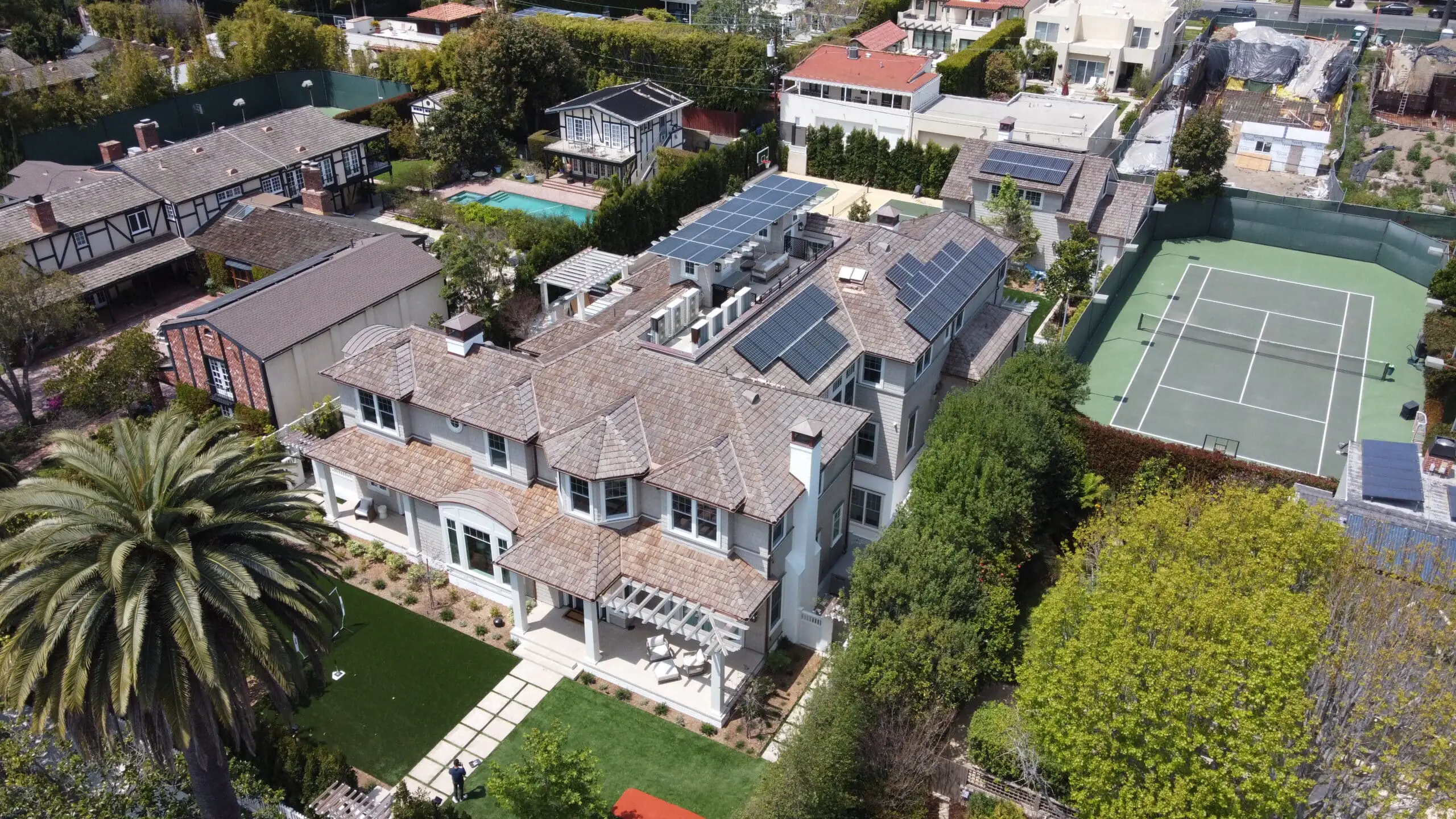What Homeowners Should Know About The Federal Solar Credit Phaseout
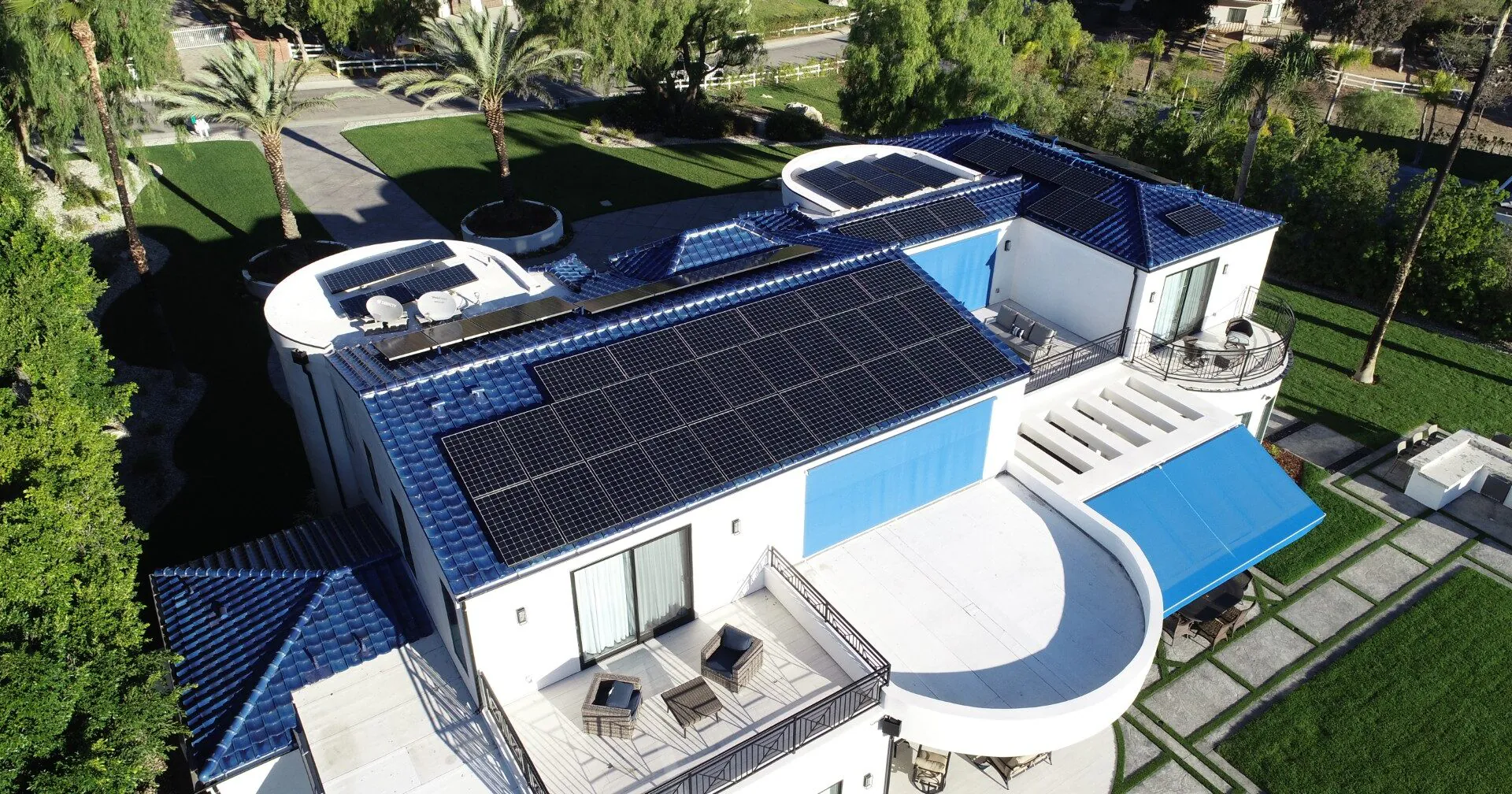
- 28 Jul, 2025
- Solar energy news
For the past decade, homeowners have been able to receive a federal tax credit for installing residential solar systems on their homes. However, recent passage of the One Big Beautiful Bill Act (OBBBA) contains a provision to end the tax credit on December 31st, 2025. Let’s explore the history of the tax credits, how it works, and the benefits that you still may receive for switching to solar energy for your home.
Evolution of the Solar Tax Credit
Tax credits for solar energy date back to the 1970s, beginning with the passage of the Energy Tax Act of 1978. Signed by President Carter, the bill provided a credit of 30% on the first $2,000 spent on residential renewable energy sources, including solar. Fast forward to the 2000s, and the $2,000 cap was removed and the credit was granted an extension until 2016. Under the 2022 Inflation Reduction Act, the tax credit was supposed to be extended until 2032, with a gradual phase-out until 2035. However, the OBBBA signed into law by President Trump in 2025 has stipulated that the 30% credit will end this year, on December 31st, 2025.
How it Works
The federal solar credit works by reducing your taxable income in the form of a rebate for installing solar energy. For example, if your solar installation cost $20,000 (solar panels, wiring, storage batteries, labor, permitting fees, etc.), then you can deduct 30% of that, or $6,000. Because it’s a dollar-for-dollar deduction, you can deduct all $6,000 from what you owe in federal taxes.
It’s important to understand that solar projects completed this year will still be eligible for the tax credit for the 2025 tax year. Additionally, you must live in the home as your primary residence, and you must own your solar energy system.
Other Solar Benefits Still in Effect
Even though the federal solar tax credit is coming to an end, there are still plenty of other benefits you can take advantage of to save on residential solar systems.
Self-Generation Incentive Program (SGIP)
Aimed at low-income individuals and homeowners located in fire-risk areas, the SGIP provides incentives for installing solar batteries and related storage devices on residential utility meters.
Net Metering
Net metering — the practice of selling excess energy to the grid in exchange for a rebate — is currently being debated by the California Supreme Court. However, as of July 2025, homeowners in California can receive compensation for producing excess energy and contributing it to the power grid.
Property Tax Exclusion
Through January 1st, 2027, solar panels are excluded from residential property tax assessments in California. Essentially, solar panels do increase the value of your home, but you won’t pay a resulting tax increase. Importantly, this only applies to active solar energy systems, with passive systems not qualifying for the benefit.
Federal Solar Credit Ends, But Value Remains
The phase-out of the federal solar credit under the OBBBA represents the loss of a key advantage for many homeowners who invest in solar. However, the true benefits of solar — lowering your energy bills, increasing your home’s value, and helping the planet – still remain. If you’re ready to experience the power of solar energy, reach out to us today to get started.
Recent Articles
Solar + Farming: A Breakthrough Investment
The Future of Solar Goes Beyond Your...
California Supreme Court Gives Hope to Solar Customers in NEM 3.0 Ruling
The sun (and the California Supreme Court)...
Artificial Intelligence is Slated to Drive Up Electricity Costs
As great as they can be, those...
The NEM 3.0 Case: California Supreme Court Hears Oral Arguments on Controversial Net Metering Bill
The California Supreme Court has taken up...
What to Expect With Residential Solar Panel Installation
So, you’re thinking of getting solar panels?...
Recent Projects
Explore our recent projects to see completed solar installations, battery installations, panel cleanings, and more.
The Process
See how easy it is to go solar with Plug It In Solar’s streamlined installation process.
Free consultation

Site Assessment

Design and Plans
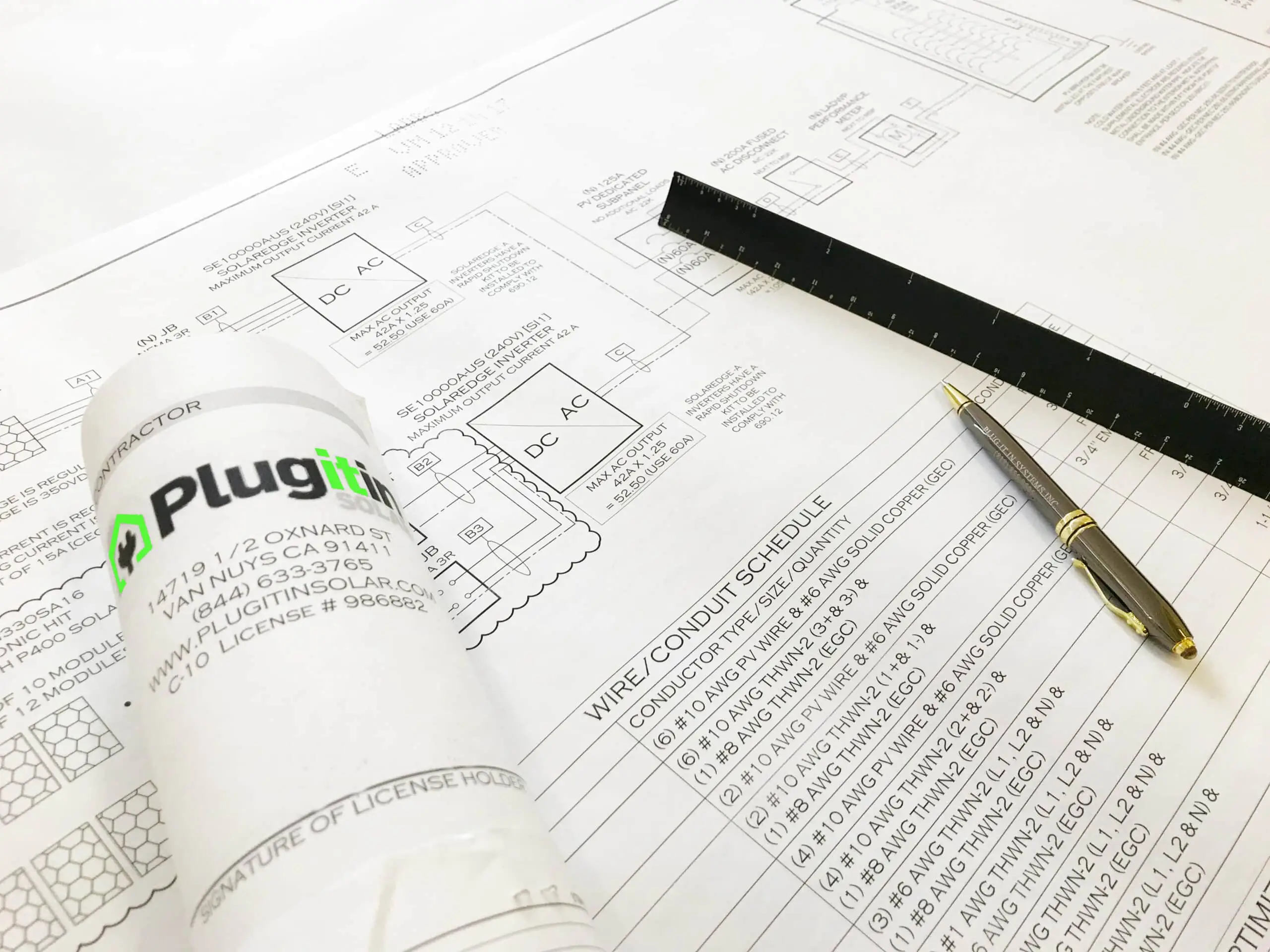
Installation
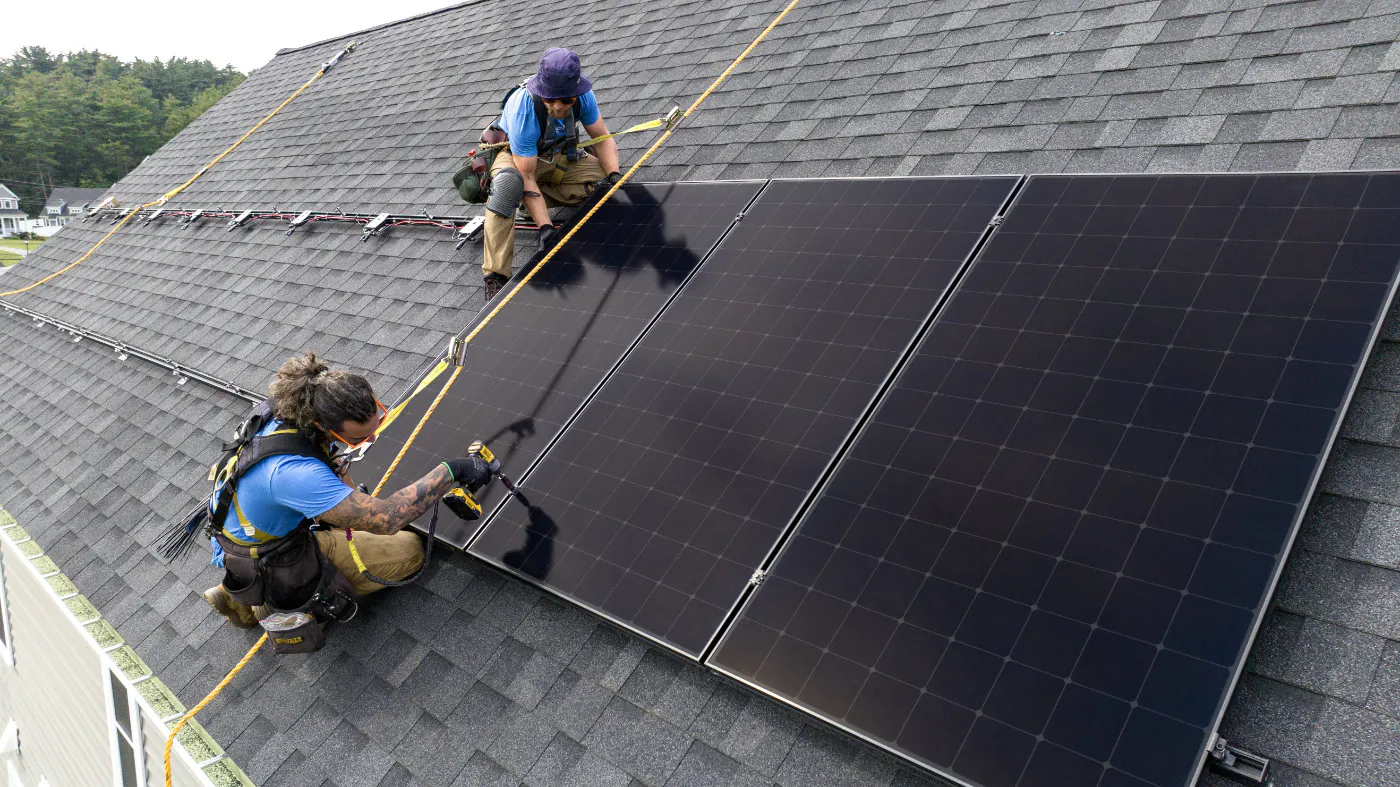
Final Inspection

Connecting to the Grid
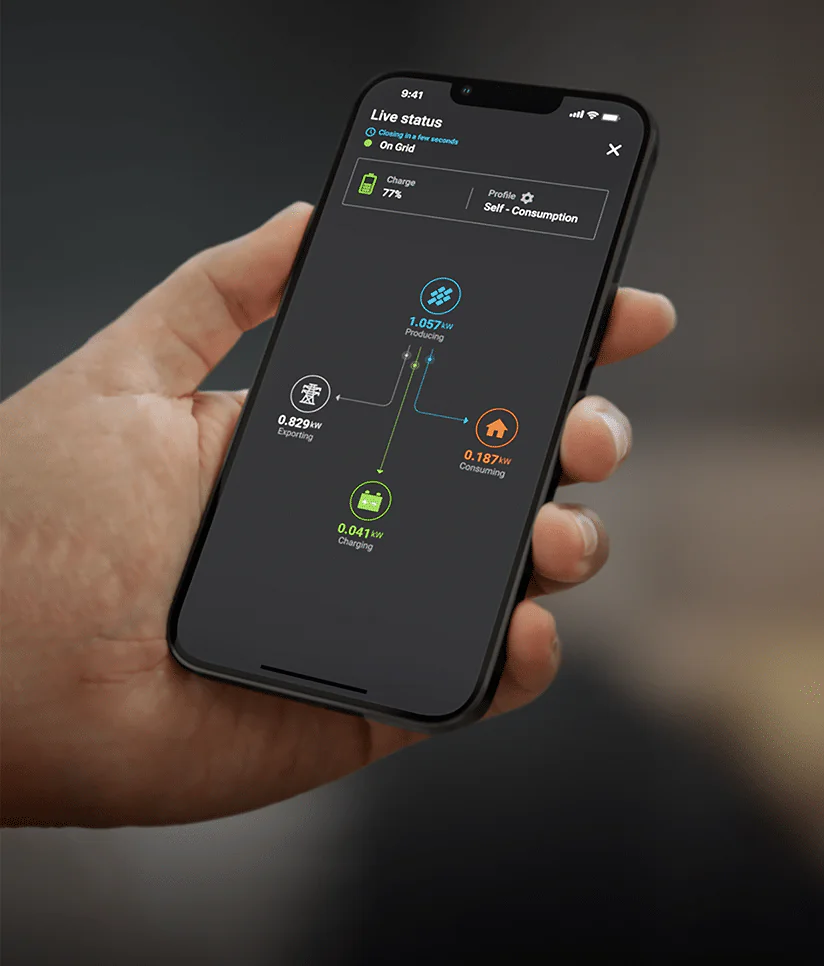
Refer and Earn





